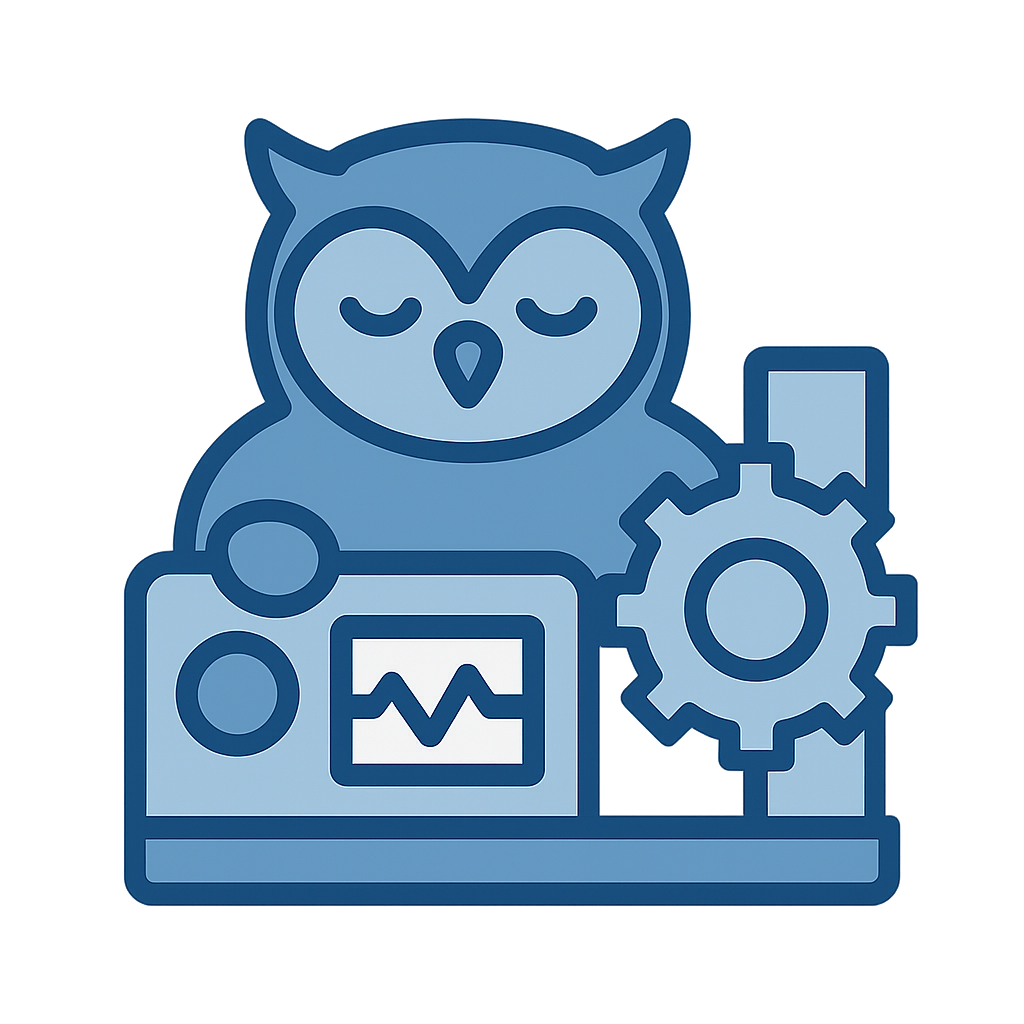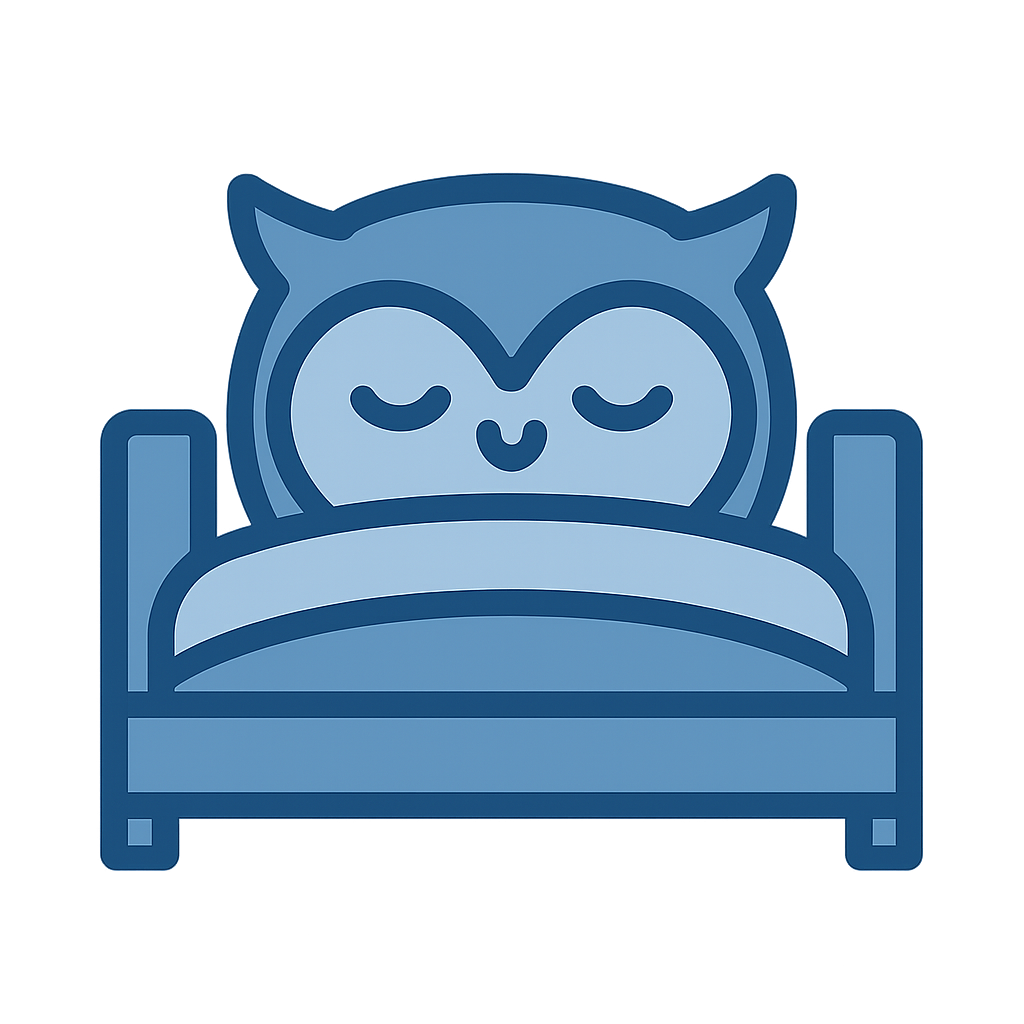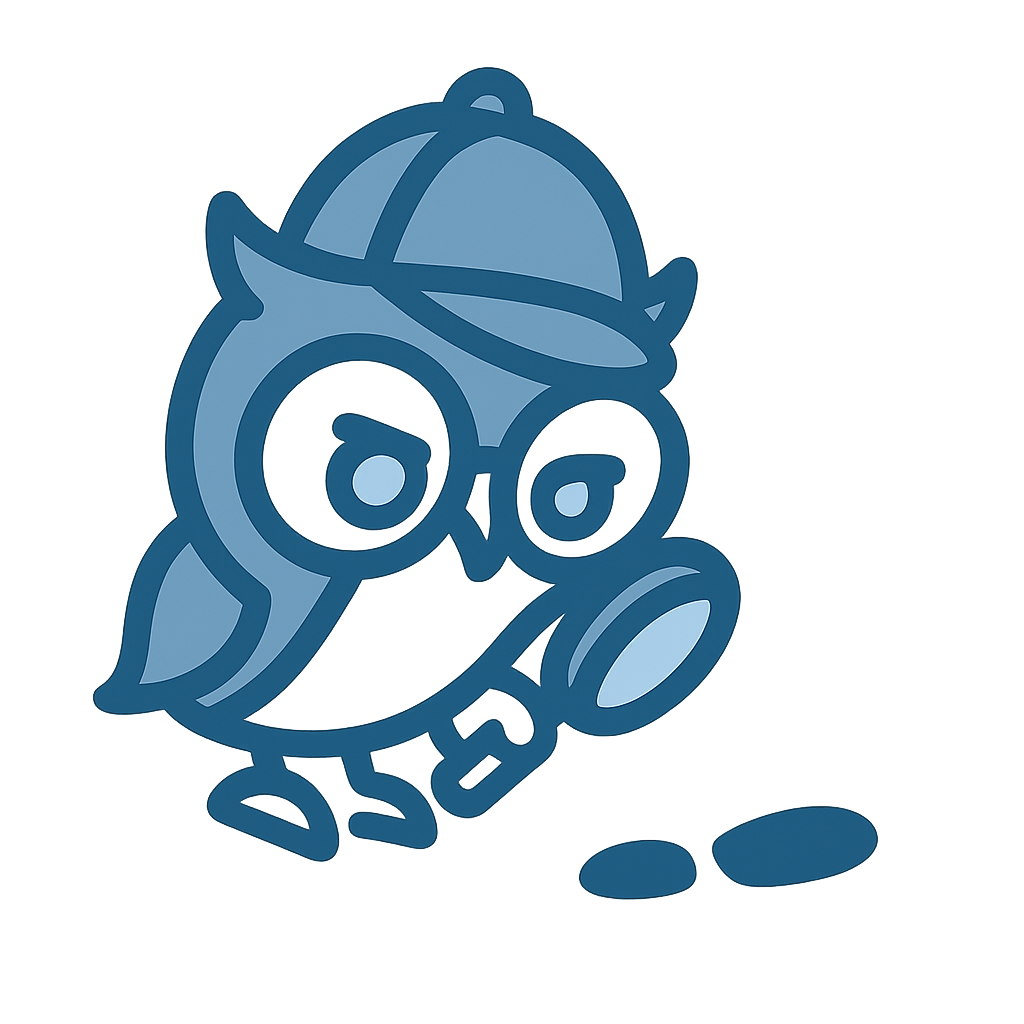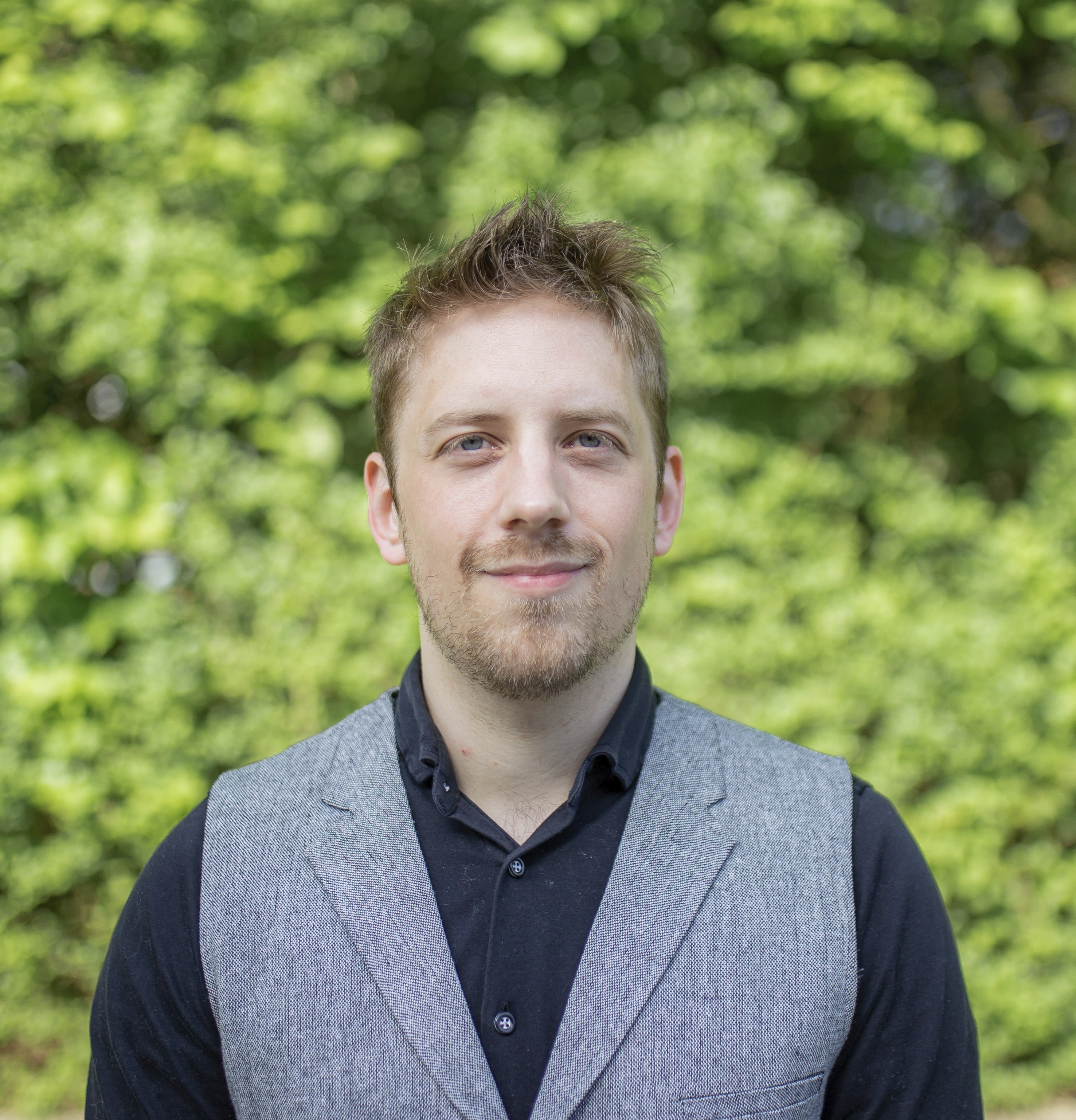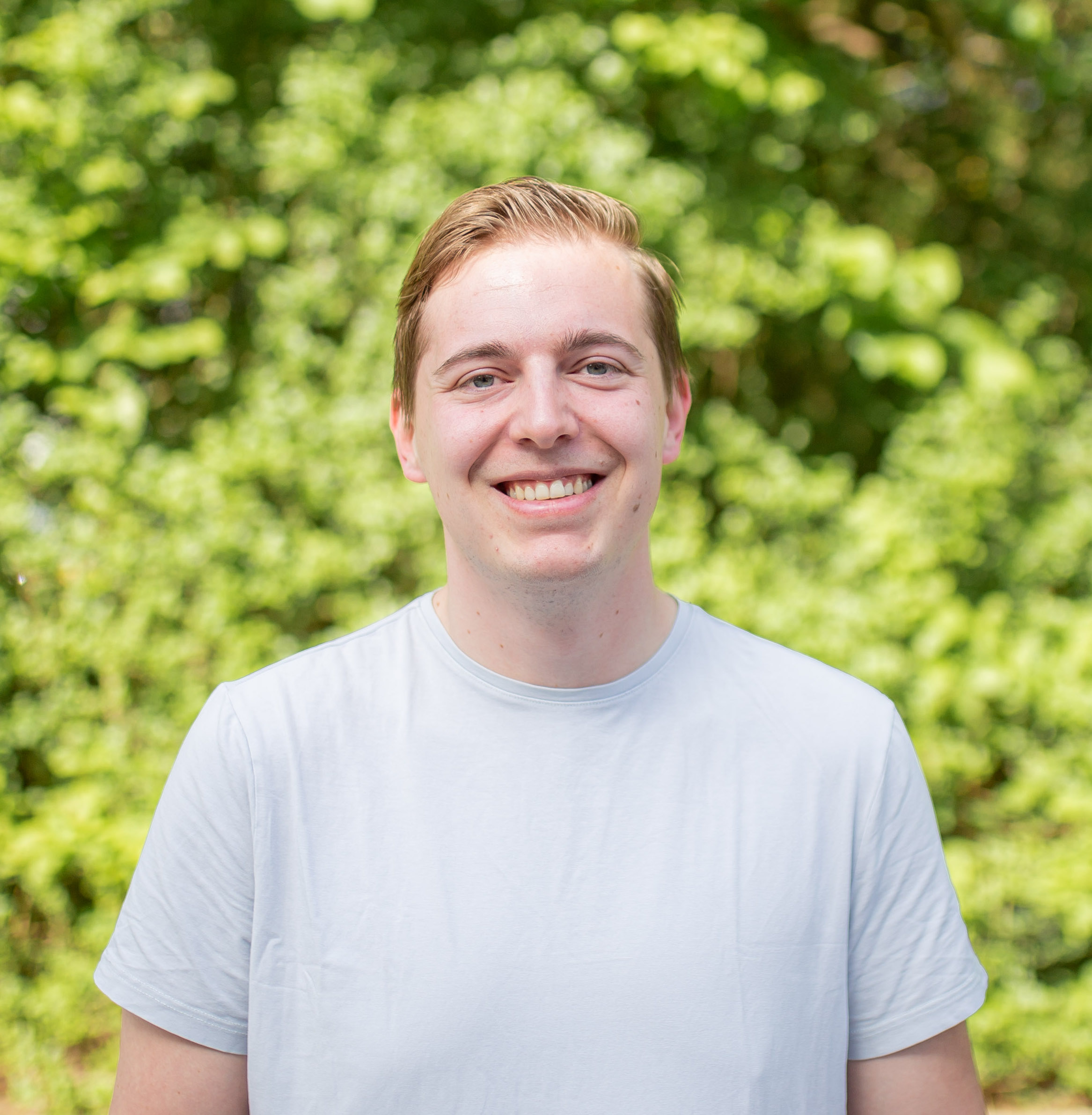Automated Sleep-Stage Tagging and Beyond
Polysomnography (PSG) is the gold standard for diagnosing sleep disorders, but its manual analysis is time-consuming and limited to a few core tasks. Current deep learning methods focus mainly on sleep stage tagging, leaving other key events such as apneas, arousals, and desaturations underexplored. In our ongoing work, we integrate leading models - MRASleepNet, TinySleepNet, SleepTransformer, USleep, SeqSleepNet, and AttentionSleep - into a unified benchmark suite. Trained on thousands of hours of PSG data, these models are evaluated not only for sleep stage tagging but also for broader clinical event detection, already outperforming Nox Medical's Noxturnal software on multiple tasks. Stay tuned - results coming soon.
